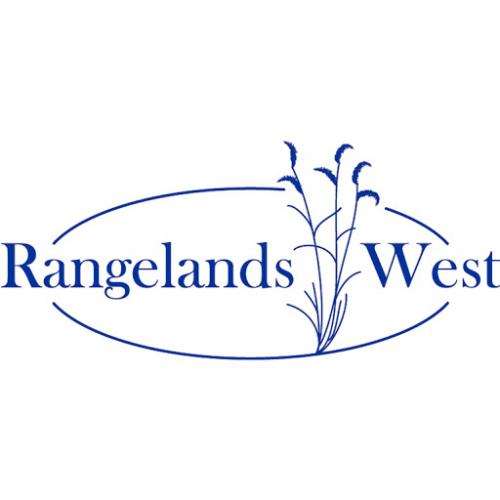Grazing by wild and domestic mammals can have small to large effects on plant communities, depending on characteristics of the particular community and of the type and intensity of grazing. The broad objective of this report was to extensively review literature on the effects of grazing on 25 plant communities of the southwestern U.S. in terms of plant species composition, aboveground primary productivity, and root and soil attributes. Livestock grazing management and grazing systems are assessed, as are effects of small and large native mammals and feral species, when data are available. Emphasis is placed on the evolutionary history of grazing and productivity of the particular communities as determinants of response. After reviewing available studies for each community type, we compare changes in species composition with grazing among community types. Comparisons are also made between southwestern communities with a relatively short history of grazing and communities of the adjacent Great Plains with a long evolutionary history of grazing. Evidence for grazing as a factor in shifts from grasslands to shrublands is considered. An appendix outlines a new community classification system, which is followed in describing grazing impacts in prior sections.(source abstract).

Articles, citations, reports, websites, and multimedia resources focused on rangeland ecology, management, restoration, and other issues on American rangelands.